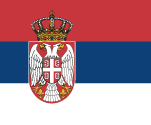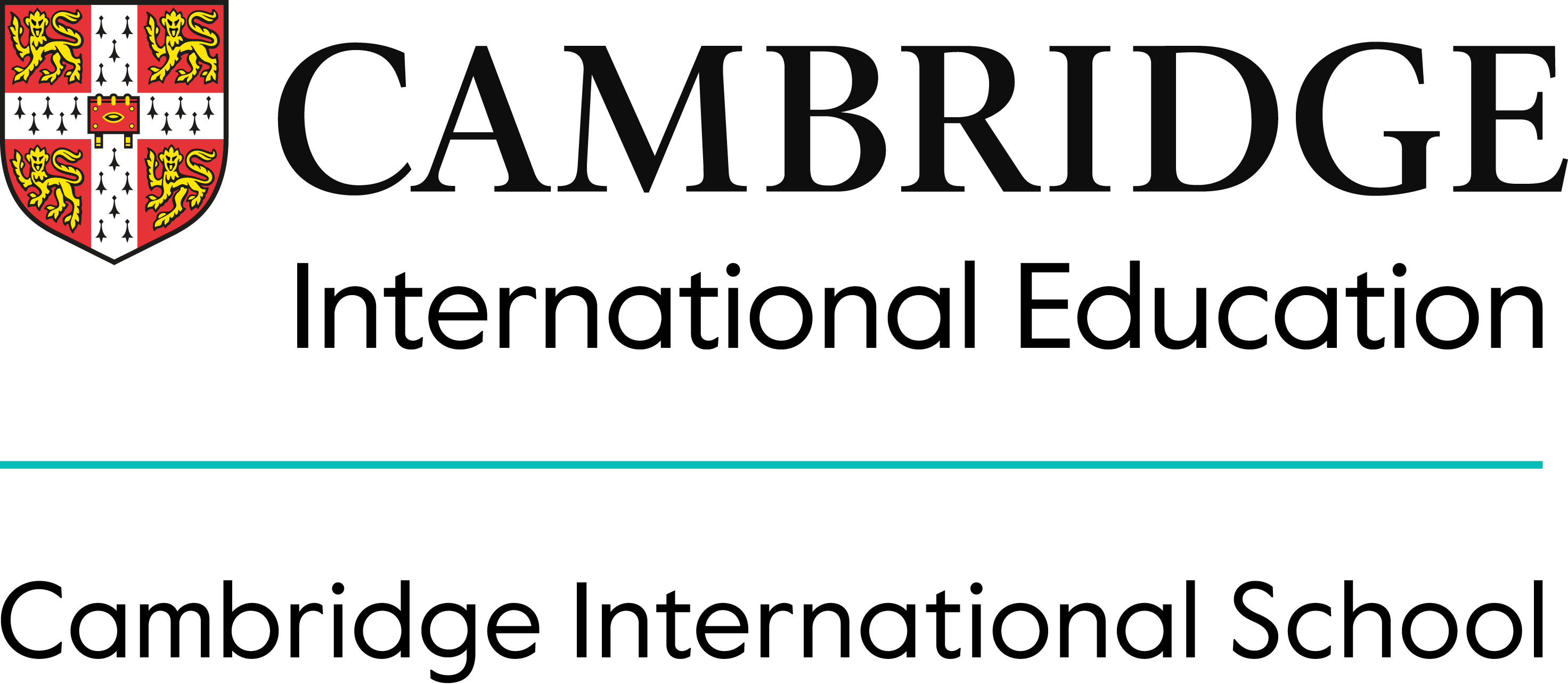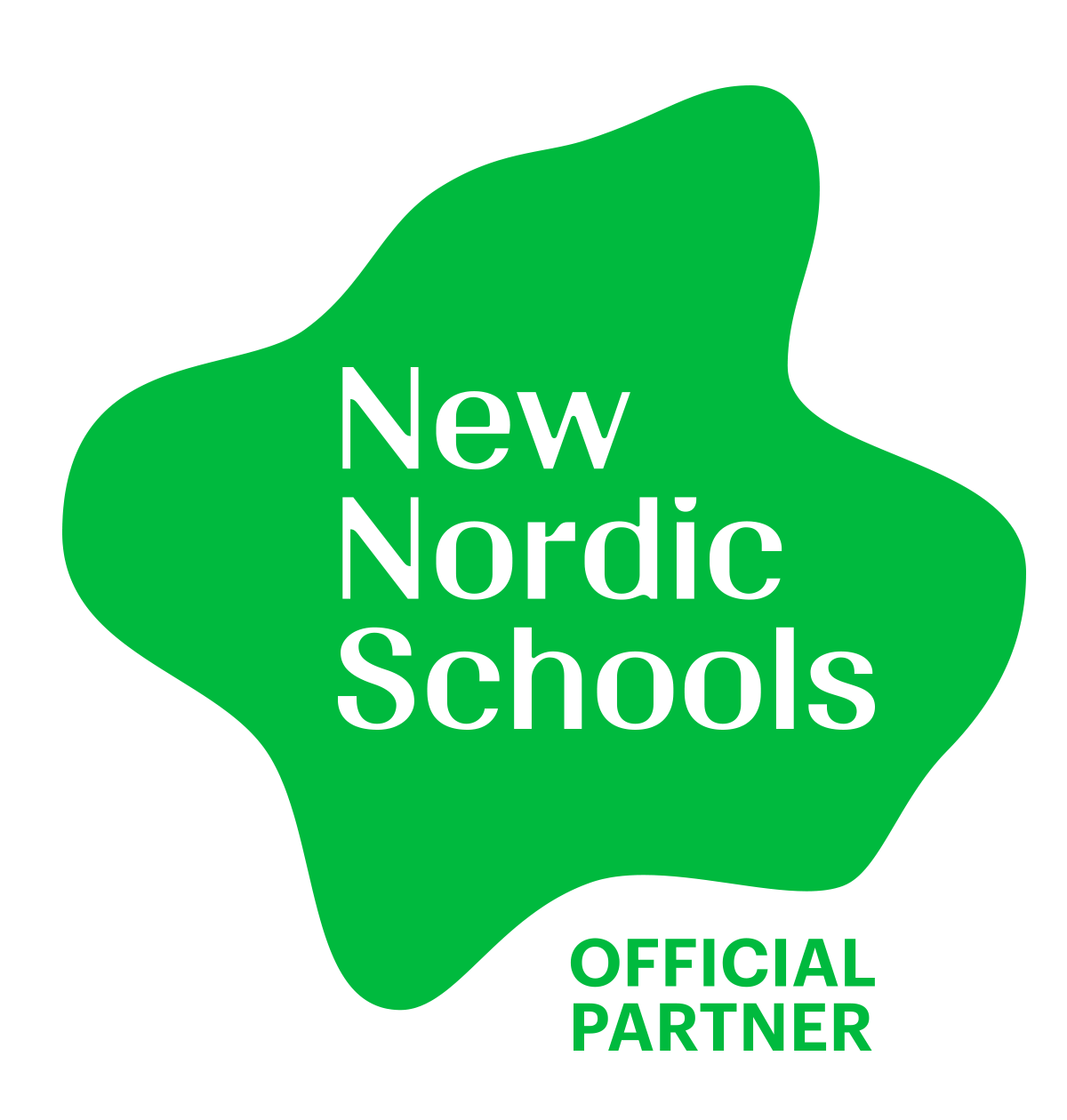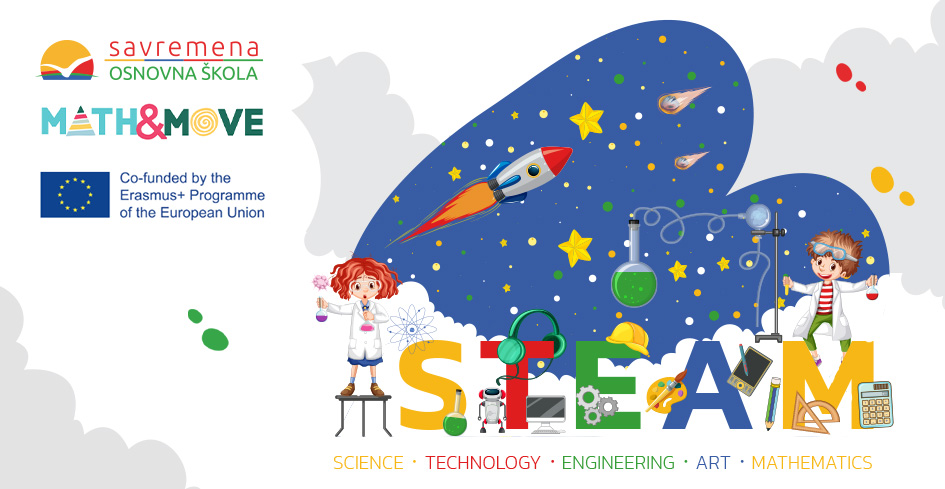
SHTEAM as a logical continuation of STEAM
Andjela Petrovic / / Blog, Erasmus+, I-IV, Kombinovani, Math&Move, Nacionalni, V-VIII / September 18, 2023
SHTEAM as a logical continuation of STEAM
What are they and how do these two interdisciplinary educational proposals differ
Primary School Savremena is known for its efforts to move away from traditional education towards more modern educational systems. One of these systems is STEM, and its older sibling is SHTEAM.
To start, let’s get to know more about STEAM. This modern approach to knowledge is an interdisciplinary educational proposal that incorporates Science (S), Technology (T), Engineering (E), Art (A) and Mathematics (M) as its basic components. The general idea of the modern concept of STEAM has its roots in pre-Socratic philosophical thought, where knowledge was not confined to specific fields but emerged from the constant interaction between them. The STEAM program has the flexibility to adapt to different cultural environments of each place, without straying from its main goal of acquiring essential knowledge.
The aim of this program is to help students understand how the real world functions within a research environment. Using a specially designed simple building system, they construct mechanical systems, architectural structures, and electrical circuits and explore how they work. They discover laws governing mechanics, acoustics, and electricity, always starting from an intuitive understanding of natural phenomena. Motion, force, balance, sound, waves, electrical circuits, and levers are some of the main topics they study. Then they discuss the topic of “energy”, as well as the different forms of energy. At the same time, they use Mathematics as a tool for formulating these laws, thus understanding the necessity and importance of mathematical concepts and the way in which the theoretical world of Physics is constituted.
Students create their constructions, thus introducing their personal-subjective elements. Through the successive steps required to complete their construction, they experience the joy of creation (scientific and artistic), but also the necessity of the next step, which they should logically support. They work both individually and in teams, emphasising collectivity rather than competition.
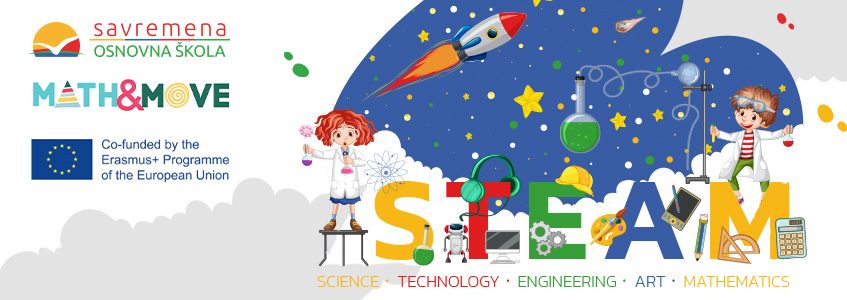
In Arsakeia-Tositseia Schools, the concept of STEAM is taken one step further with a more substantial connection between Sciences and Humanities, thus proposing the dipole “man and technology” as the most comprehensive concept for STEAM. Thus, STEAM becomes SHTEAM (Science, Humanities, Technology, Engineering, Art, Mathematics), integrating Literature, History, Language courses and Philosophy, to better meet the needs of today’s students and tomorrow’s citizens, who will have to manage and make important decisions on major global issues, such as climate change and rapid development and expansion of artificial intelligence in all areas of life.
However, at the heart of all these developments is human, who both creates the conditions for this civilisation and faces its consequences. State-of-the-art mechanical constructions, incredible digital system designs, artificial intelligence and cutting-edge robots are part of the puzzle of the modern cultural landscape. Yet, human relationships also play a role within this landscape. What form do they take? How does the exponentially growing science of technology impact them? How does technology interact with traditional humanist values? How do modern human societies view language, literature, theatre, history, art history, and philosophy in this context? These are questions that are primarily important components of any modern educational model.
*Original article “Arsakeia-Tositseia Newsletters”
